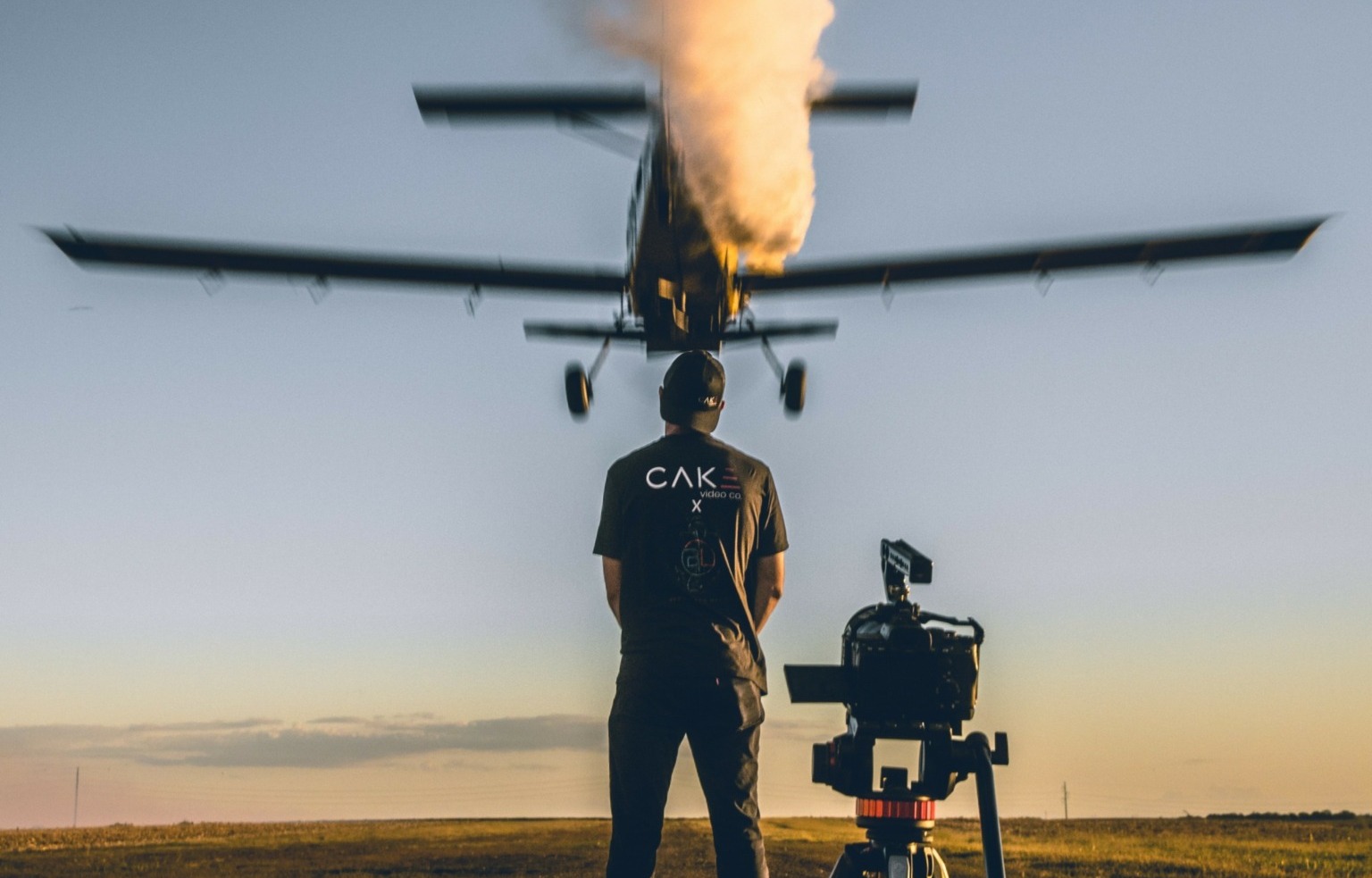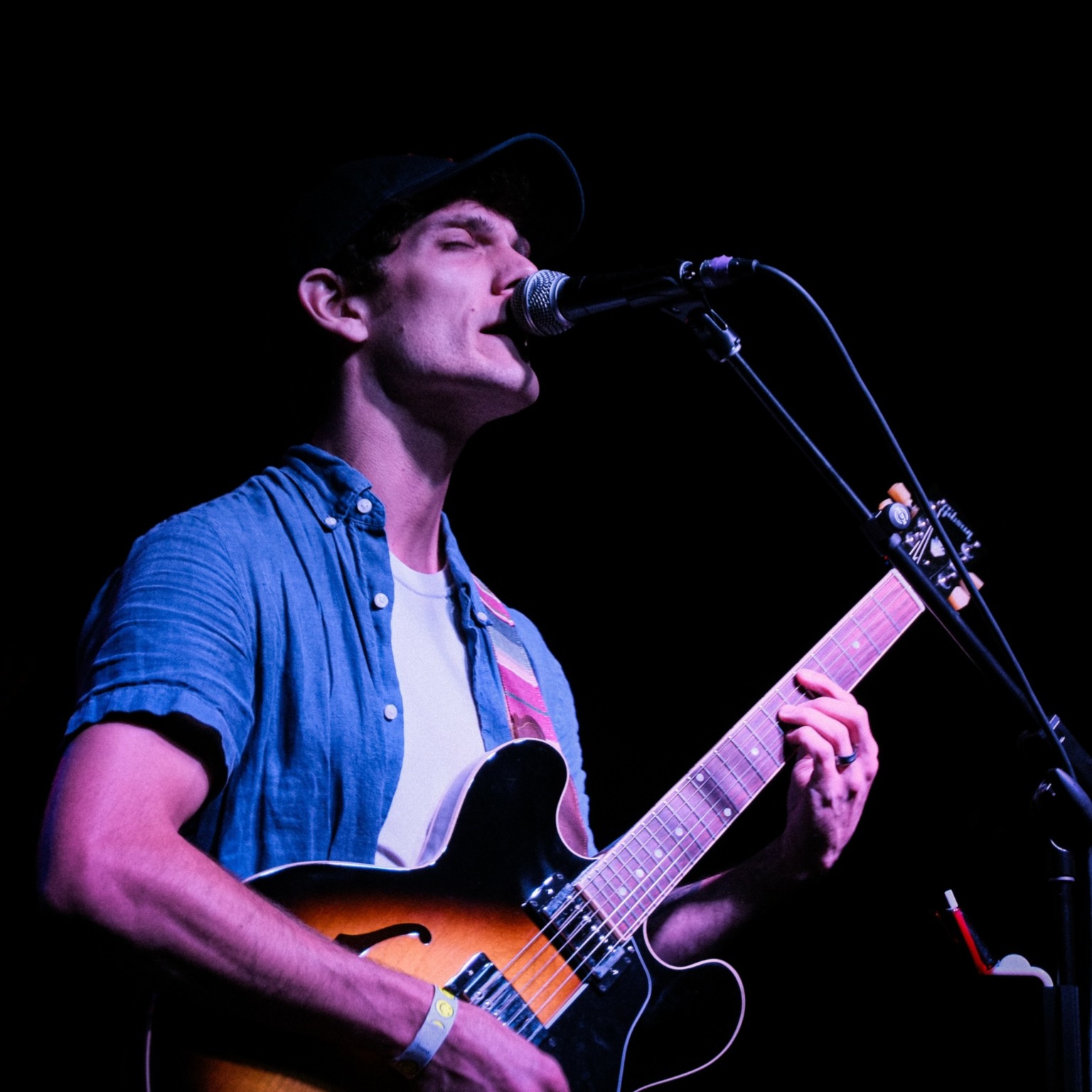Wanting to be an artist or creative is step one. Following through means investing in learning your craft, but we’ve heard from so many aspiring artists and creatives who feel unsure about where to start and so we’re incredibly grateful to the artists and creatives who’ve agreed to share their stories of how they learned their craft.
Randell Halabi
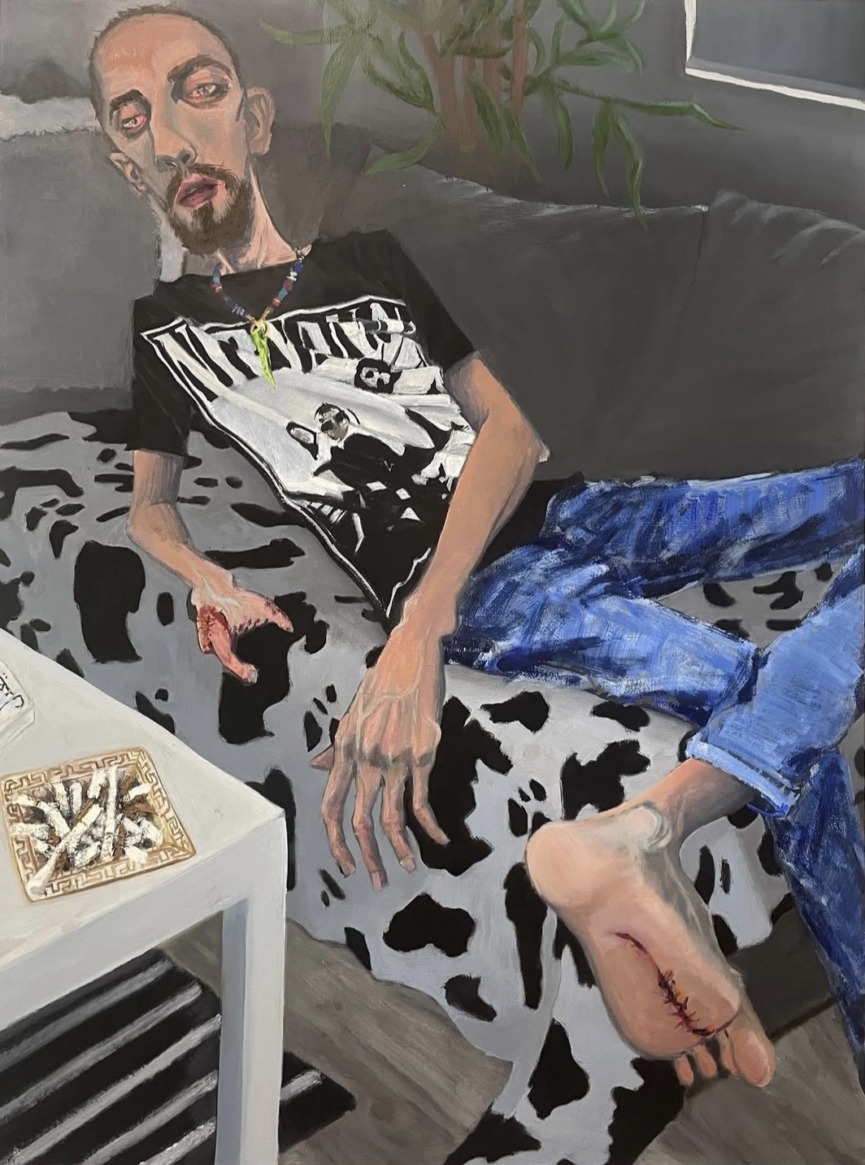
I grew up in a family where art was encouraged and my parents collected art. Their collection comprised of original paintings and prints by artists from all over the world with styles blending global cultures. The paintings especially, varying from figurative to abstract, inspired me deeply. That environment allowed me to focus on being an artist from an early age. I began building fundamental skills by practicing drawing on my own and taking drawing classes after school. In addition to that I benefited from the library we had at home which gave me access to art history books that informed my practice. Read more>>
Alfonsina Torrealba
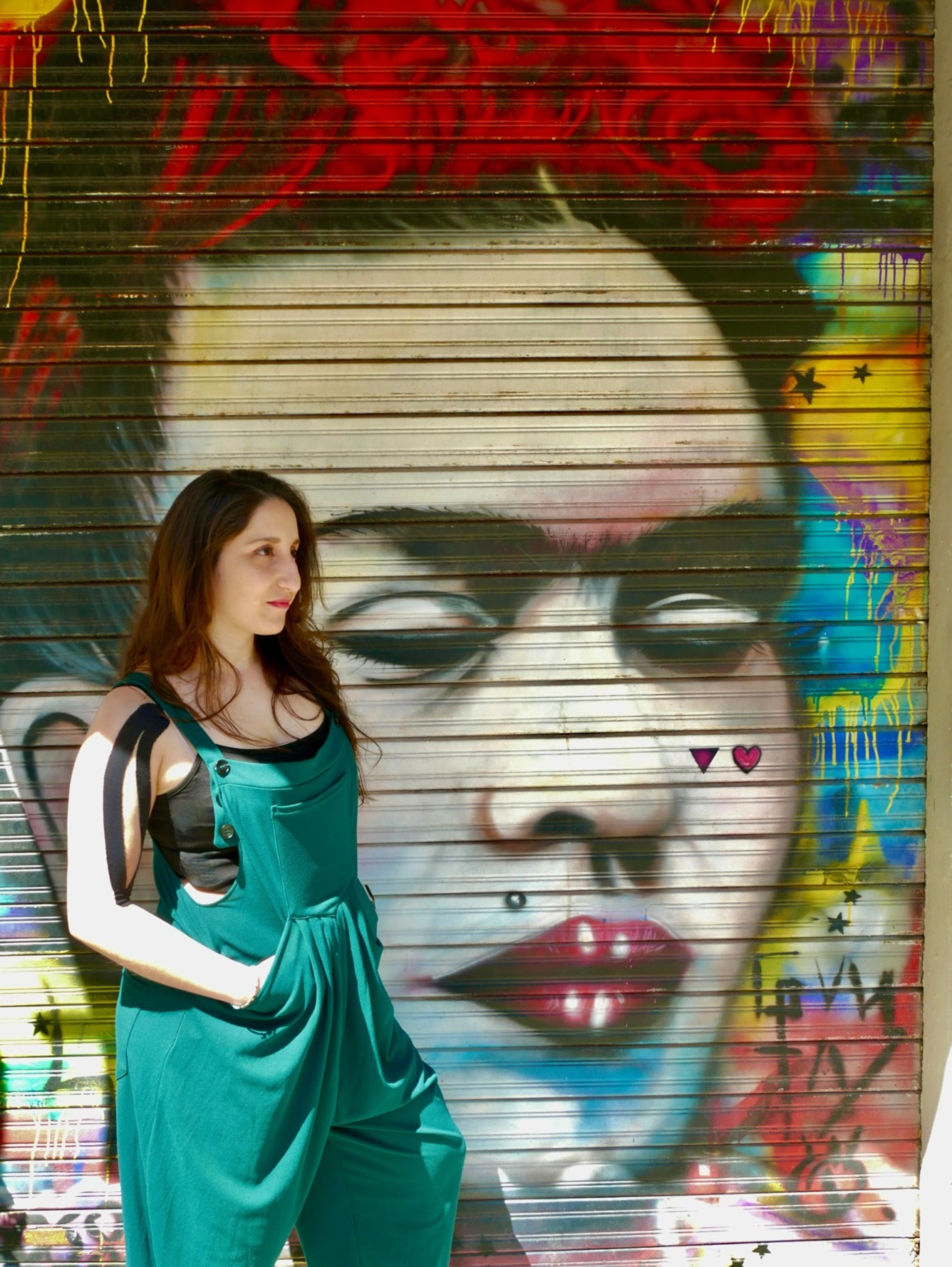
With much, so much patience and above all a very intimate desire to achieve it, to learn. It is as if what I do, music, knowing that it is language to communicate and to express outwardly, was only achieved from a great inner impulse, from my own individuality. As in everything, it would have been easier to grow up in an environment where this could really be seen as a professional path, something to devote our whole life to, which was not my case. Although my learning process could have been faster, I appreciate the fact that it started late, since it was mainly my will that put her foot down and says: this is what I want to learn, this is what I want to dedicate my whole life to! Read more>>
Beth Robinson

I am a self-taught artist. I have always followed my creative curiosity with persistence and an unflinching desire to… fail forward. I have always learned by doing, by making mistakes, tearing pieces apart, and starting over. I began my creative practice by experimenting with different clays available at the local art supply store, which could be air-dried or fired in my home oven. Without the need for a kiln, the barrier of entry to sculpture was very low, and the ability to experiment passionately allowed me to be prolific. Read more>>
Marcus Chan

Speaking as a director who also edits his own films, I really think all the lessons I’ve learned in my career came from experience. When it comes to filmmaking, there is no better way to learn than getting your hands dirty and actually shooting and making films. Read more>>
Noam Kroll
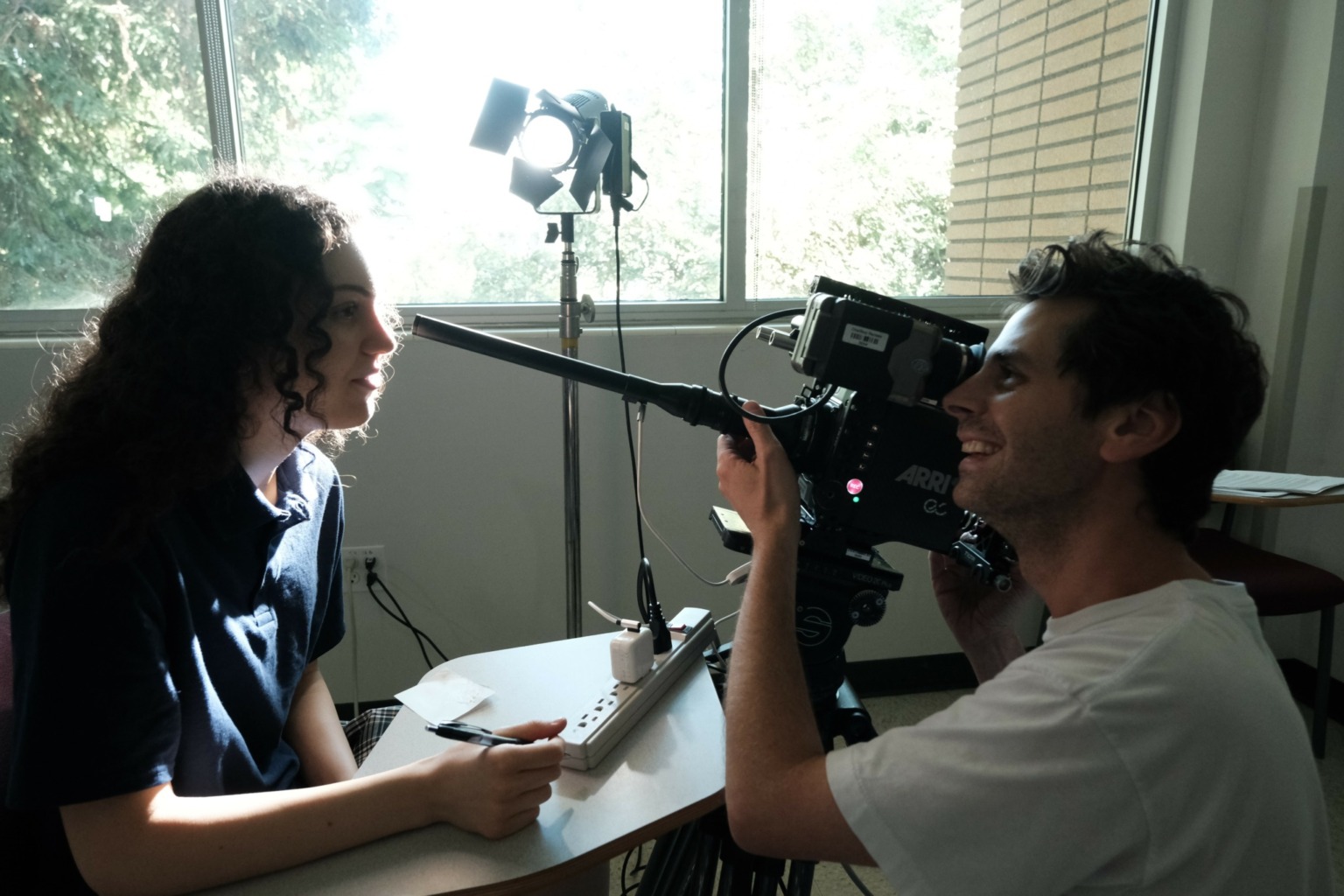
I always learned best by doing. I never went to film school, and instead opted to study Psychology, even though I had already made some shorts at that time. My process has very much been trial and error through hands on, DIY filmmaking – getting my hands dirty in every phase from camera to acting to color grading. If only YouTube was around when I started (in the same form it is today) I could have certainly accelerated my learning curve. There are so many fantastic resources out there. But really, learning to work with actors, hold a camera, and cut scenes together was the most critical part of it for me. Read more>>
Natalie Beck
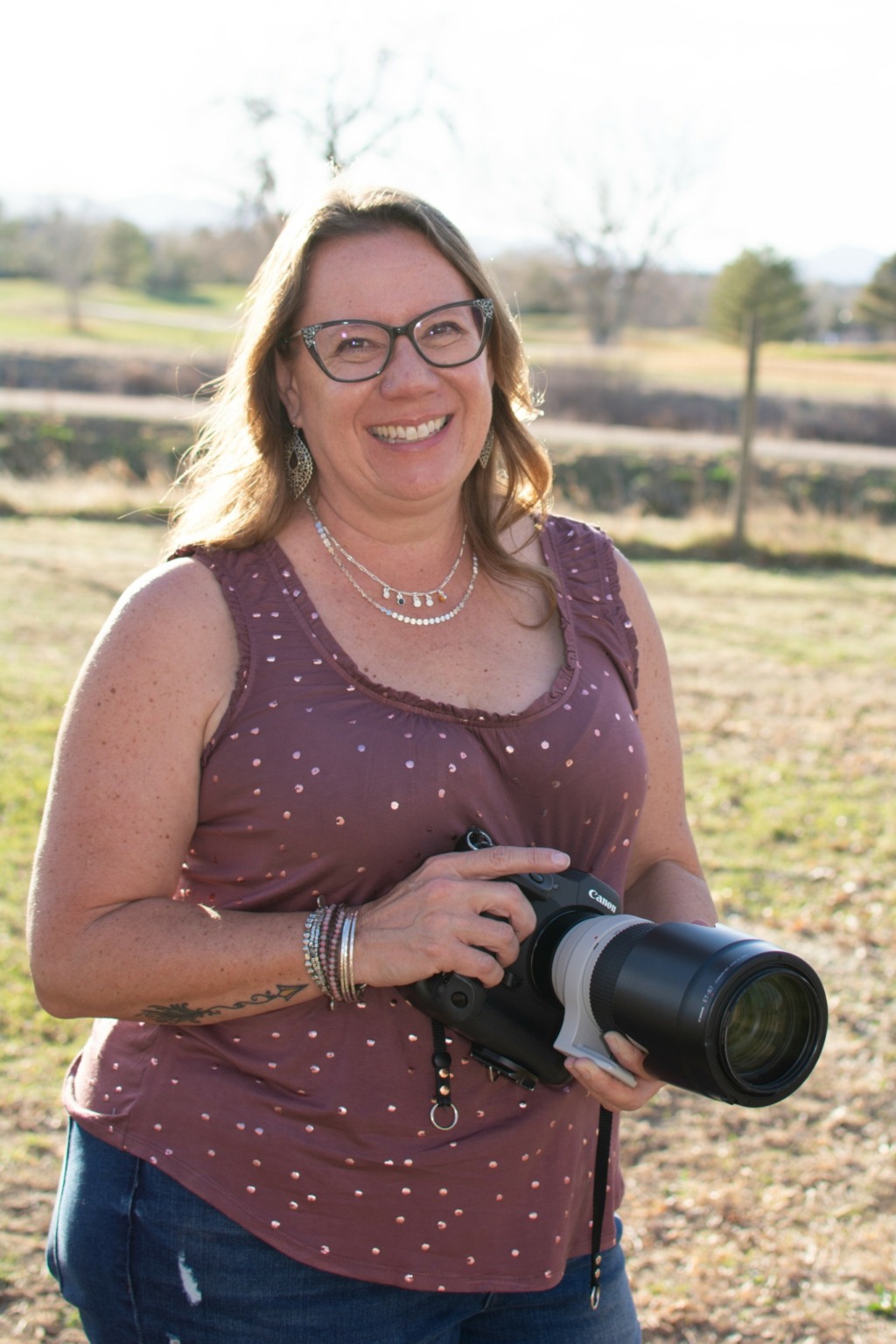
I’ve been learning photography since I was a kid. I always loved when my parents handed me the camera, and I was always full of questions about how it worked, why it did what it did, what would happen if I did this or this or this… In college, I started taking photography classes just for fun, but before long, I had enough credits to major in it—I was just missing the other required art courses. Instead of changing my major, I finished my BA in English and later went on to earn a Master’s degree that combined both English and Photography. Since then, I’ve continued to take classes, as well as teach, and I honestly don’t think I’ll ever be “done” learning photography. Read more>>
Dylan Cole Black

I learned to do what I do through trial and error. I didn’t go to film school, I didn’t study screenwriting, I didn’t take classes on cinematography. I knew from a young age that I wanted to make films, starting with a VHS camcorder before digital became what it is now. There was a time between those early years of backyard filmmaking and now when I wasn’t making anything at all, mainly due to not knowing enough people to help make them, fear of imperfection, or feeling inadequate. It wasn’t until my late-twenties when I met my friends who are now known as Dead End Film House. We’re all cut from the same cloth, creating films without the standard training, and learned as we went. Each film has been a challenge, and with each one, we learn to make the next one better. Read more>>
Zhitao Song
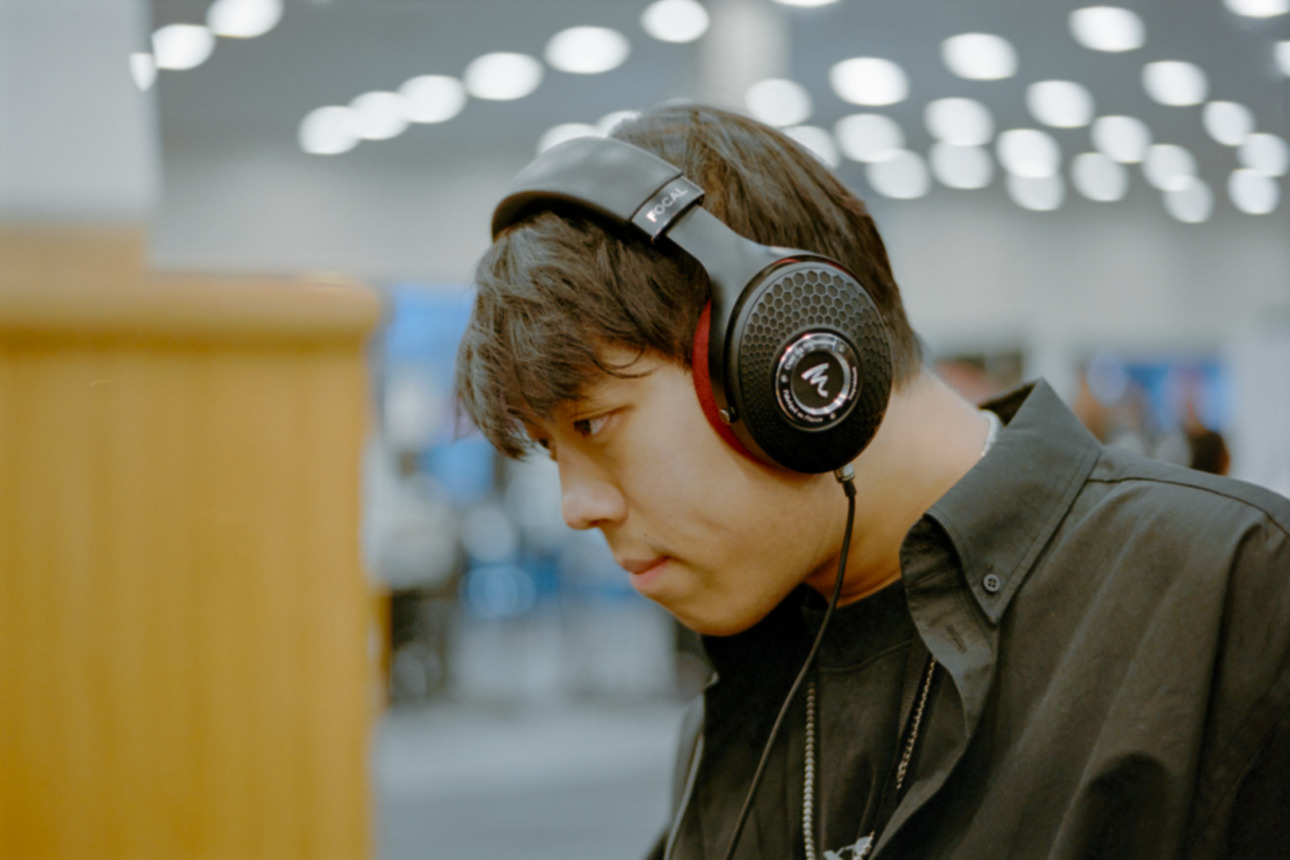
I started by just doing it — trial and error in my bedroom, watching YouTube tutorials late at night, remixing songs, and experimenting with plugins I barely understood. I wasn’t waiting for permission. That hands-on start taught me how to trust my ears, make fast decisions, and problem-solve creatively. Read more>>
Margarida Conceição
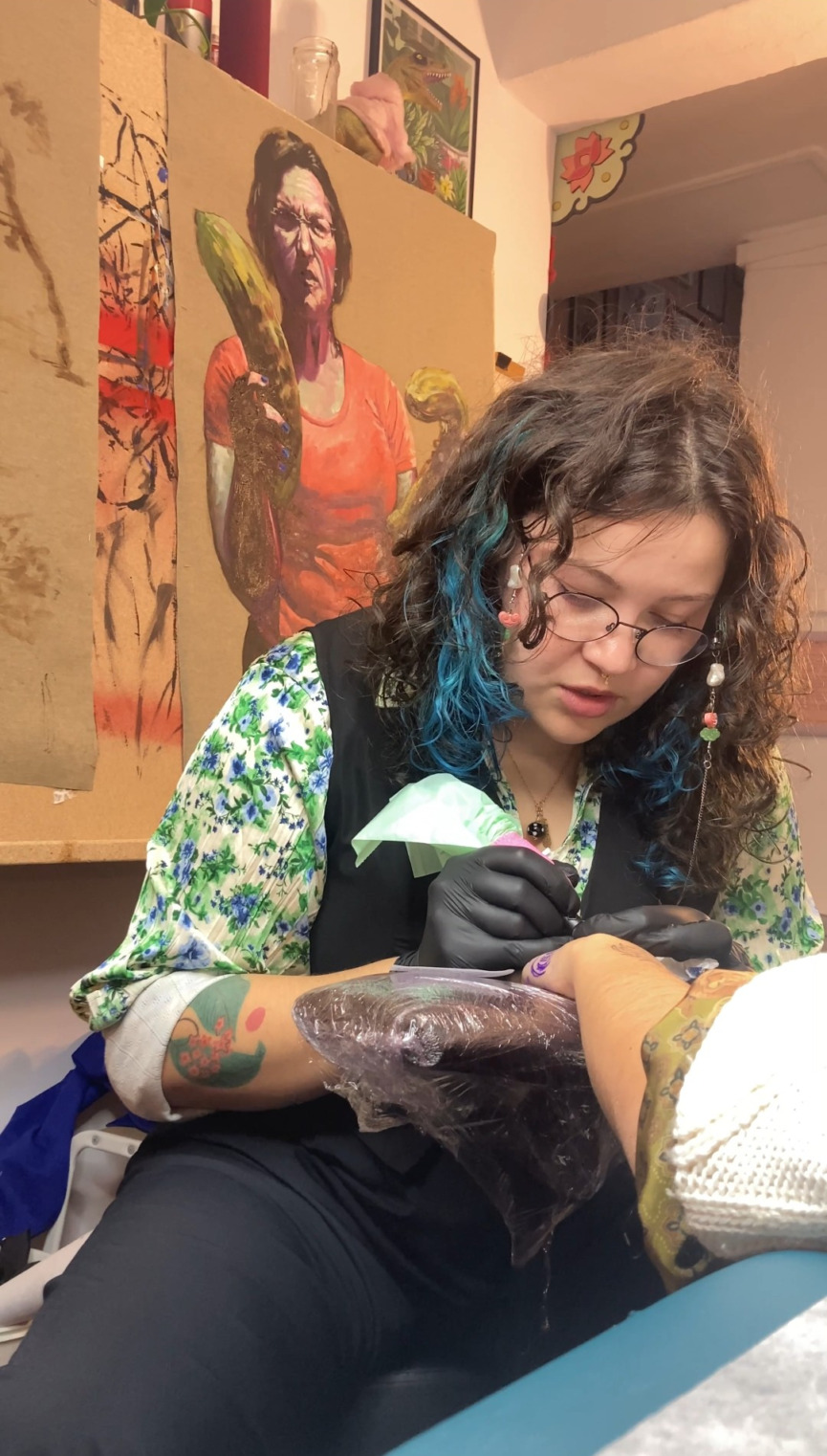
I learned how to tattoo around 10 years ago. When I started there were no self taught artists, mostly no women tattooing in Portugal, much less a half chinese women. There were only traditional tattoo apprenticeships where you would have to stay for 10/12h a day 6 days a week in a studio, doing free labor (managing the studio, taking care of clients, drawing, preparing stations, cleaning everything, making stencils, running errands, taking care of personal problems of the masters,…). No payment, no nothing. Read more>>
Corey Jones

I kind of fell into it, I was always fascinated by extreme sports movies growing up. I loved the way they edited everything to the music. In 2020 I went on a week long trip to Puerto Rico and brought my GoPro camera with me. I told myself I was going to turn it on and record everything we did, from beaches to hiking to hidden waterfalls in the rain forest. When I got back I taught myself editing software. It took weeks to make the video. Once I posted it to Facebook I was getting bombarded with requests to shoot everything from weddings to promo videos for businesses. 6 months later I was quitting my trucking business and taking videography full time! Read more>>
TK Lee

I never really went to a school for acting. I did take a few classes here and there, both online and in person, but for the most part I taught myself and learned through trial, error, and real on set experience. Read more>>
Allison Delaney

I remember being in my first play when I was about seven years old, and I just never stopped! I continued to do theater throughout my childhood, and through high school. However, it wasn’t until I started my BFA program at Emerson College that I really learned what acting was. I worked with incredible professors, and studied everything from Meisner to Laban. I learned to think of acting holistically, which made me able to move from theater to film and back seamlessly. I learned something new every day, and by the time I graduated, I felt ready and trained enough to take on any opportunity that came my way. Read more>>
Abhay
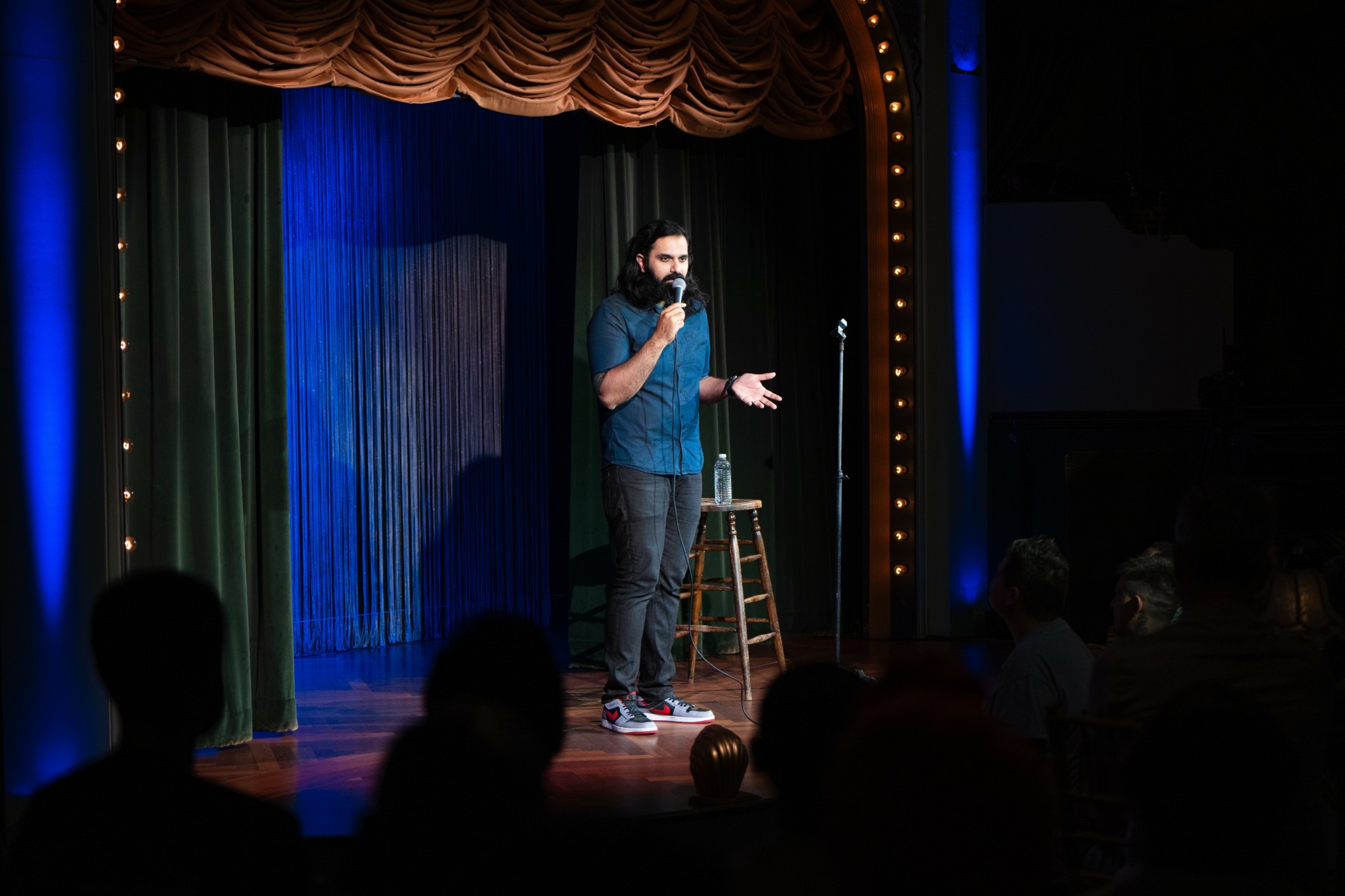
I started doing voices as a kid watching cricket. The commentators became my training ground. I copied their accents, their pauses, their drama. Teachers told me to stop. They sent me into the hallway, standing in the heat, still whispering play-by-play to myself. You’d think punishment would break the habit. It didn’t. Read more>>
Devyn Huang

Writing always felt natural to me since adolescence, but I didn’t so much learn how to write as I did survive by doing it. Poetry became the language I turned to when regular speech felt too thin—too incapable of holding what I was feeling. I was never formally trained—I didn’t study literature in some tower of academia. My background is in psychology and the healing arts. I wrote in the margins of grief, during late hours when everyone was asleep, with way too many drafts sitting in the Notes app. That’s how I learned: by reading lots and lots of poetry, novels and stories; and listening to what hurt and writing until it made a shape I could live with. Read more>>
Denton Loving
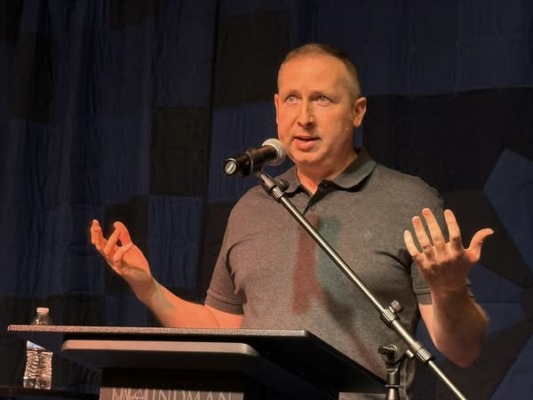
I’ve been writing poetry for about fifteen years. Before that, I was writing mostly fiction. But as I attended writing workshops, I met a lot of poets and had the opportunity to hear them read their work. Those poems were so different from the poetry I had been taught in school. They really shifted my understanding of contemporary poetry. It was so much more accessible and felt more meaningful to me. I still didn’t understand it fully though, so I decided to try to write some poems just to learn how the mechanics worked and to be able to talk about poetry without feeling embarrassed about how little I knew. I found that I really enjoyed the process. It helped that I already had a background in writing. Read more>>
Jared Cullum

I did not go to school for illustration. I drew a lot when I was a kid but without intrinsic talent it felt like an impossible hill to climb to do anything with art. I stopped drawing when I was around 16 and I ended up going to school for graphic design which I felt was creative and more practical but I always daydreamed of being able to tell stories with pictures. Eventually, while working as a graphic designer for a company, I decided to start drawing again. It became an obsession that I could not get enough of. On the advice of a friend who was an illustrator I started drawing everything I saw. Read more>>
Emilia Chang
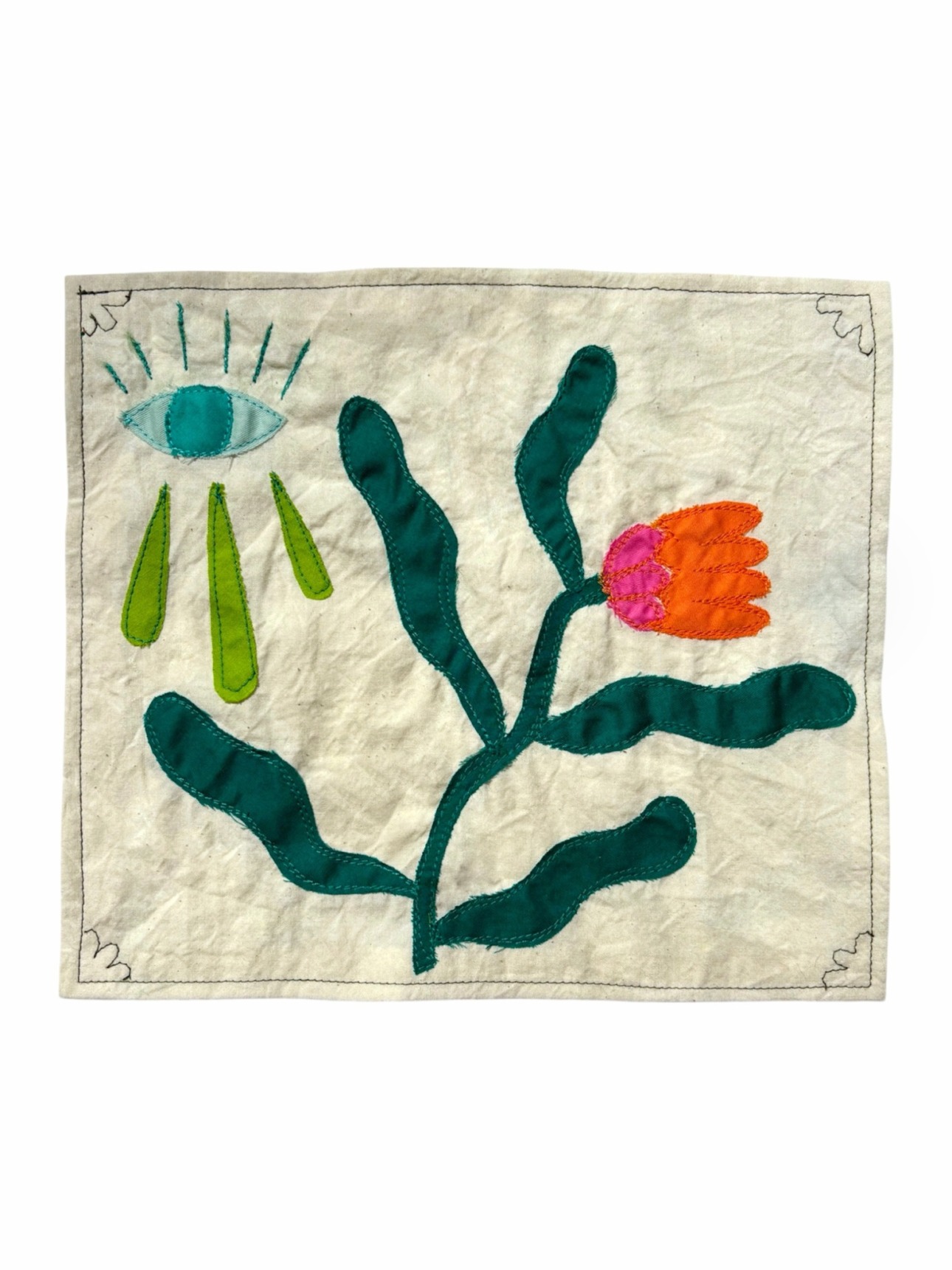
I have been making art my whole life and although I ended up getting a degree in neuroscience, I never stopped creating. Working with my hands has always been something I am passionate about, so I took every opportunity to learn more about different art forms through workshops, art books, and YouTube. This helped me figure out what I was most drawn to and what didn’t interest me as much. Looking back, I wish I had taken more classes and taken advantage of art electives during my undergraduate years. Read more>>
SungChul Choi

I believe my journey to becoming an actor truly began the moment I first set foot in the U.S. With my brother having already graduated from the same high school I was about to attend, I was welcomed with warmth and hospitality, but also with an unspoken weight of expectations, both from others and from myself. Read more>>
JAW

I learned how to make my hearts by doing a little bit of research on the necessary materials and then by trial and error. I had never used silicone as a mold making material before and while my first mold worked and was successful there are still things I am learning now that are making my molds last longer and function even better than before. I think the skill of mine that was most essential was my ability to just do it. I learn the best by just engaging the process and figuring it out along the way. The only obstacle that has slowed down my process is the financial one. While concrete is rather inexpensive all the other materials I use, silicone mold, pigment, spray paint and Lego are quite expensive and at times have forced me to take breaks when I run out of them. Read more>>
Jaclyn & Catherine Eisenschmidt
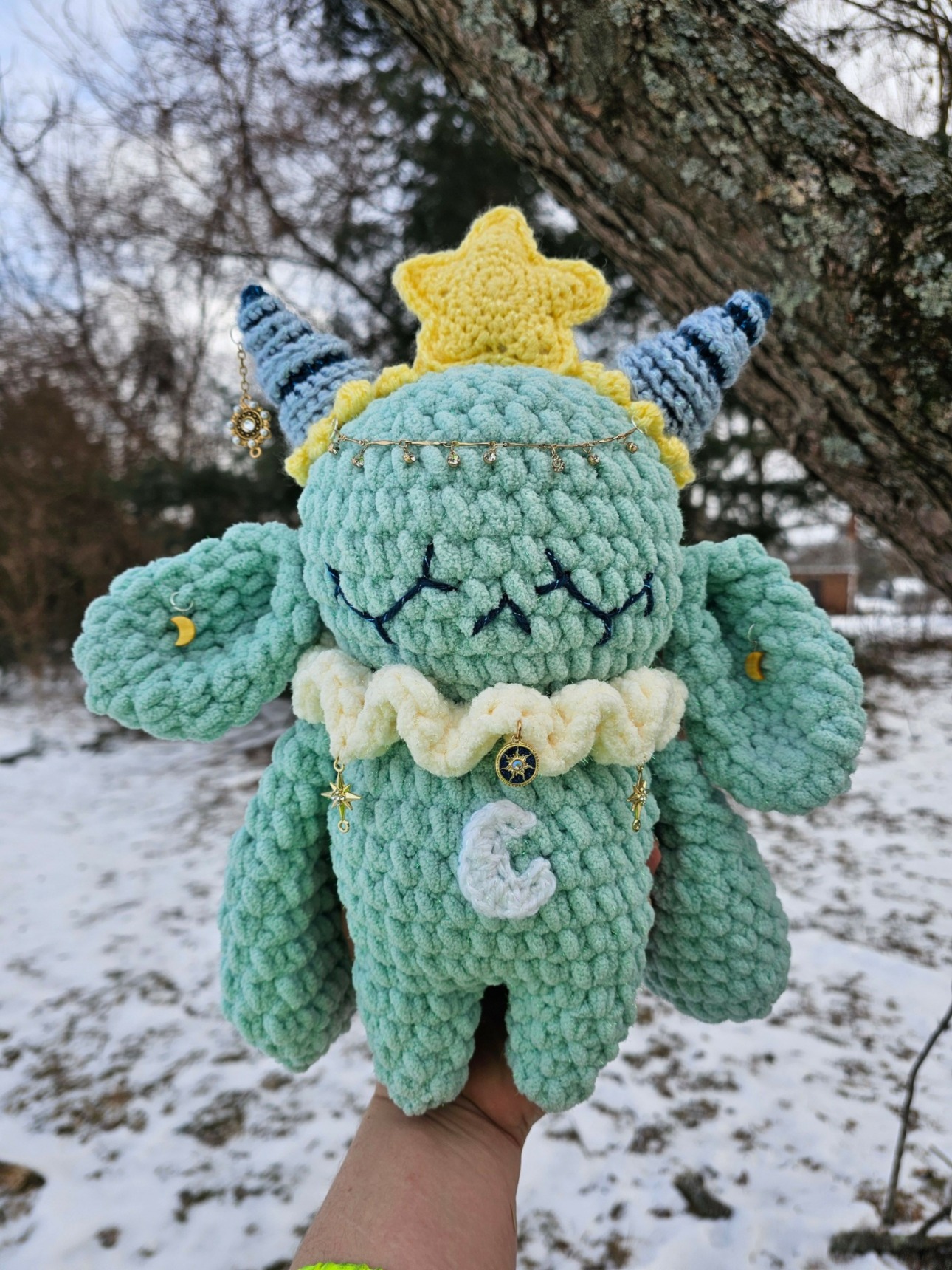
Before we started our business, my sibling was the first out of the two of us to take up trying to learn the art of crochet. They self-taught themselves by watching YouTube videos of fellow artists working through plushie crochet patterns. Through this, they learned about a multitude of different stitches and methods to further their craft. I, Jaclyn, took a great interest in watching Catherine be able to make whatever came to their mind and asked for them to help teach me. Read more>>
Claude Hall

I learned to be a vocalist through private coaching. It first started out as a hobby and is now a business I’m growing with the intention of focusing on it full-time.
While it’s true that if I had started my vocal training in my younger years (I actually started in my late 30s), I could be in a different position today, I know that I wasn’t ready prior to when I started. It’s tempting to look back and wonder ‘what if?’. Yet, my experience has taught me that this mindset tends to take one away from the current reality and the opportunities it may present. Would I like to be living my preferred life right now? Yes. Do I feel I’m exactly where I’m meant to be right now? Yes. The time it’s taken for me to hone my craft was necessary for me to build my trust in my instrument and my choices, as well as accept that I am indeed a creative. Read more>>
John Gerard
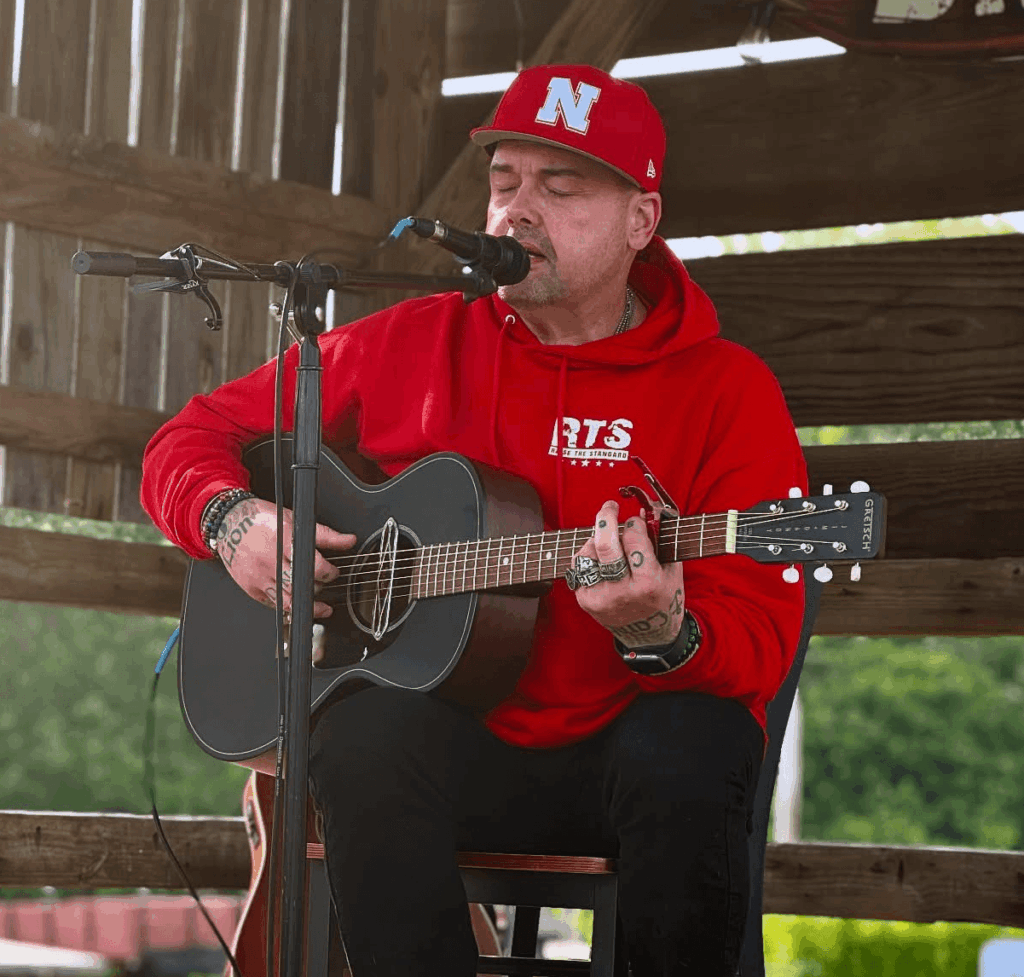
I took guitar lessons when I was 11 for a few months, got impatient and started to just play on my own. I watched other musicians, guitarists and learned others songs. I literally put things together one note at a time. When I started writing songs I wrote about what I knew, which was about being young. I started with rock songs and created what I thought a rock song should sound like. In my 30s I left the rock world because I wanted to play more so I switched to alternative folk and taught myself by listening to various artists and how they approach the song. This paved the way for me in learning what to do and what not to do when writing a song. I discovered that a thesaurus and rhyming dictionary were my best friend! I read alot of books to keep my vocabulary and sorylines diverse. Read more>>
Ariana Spitaleri
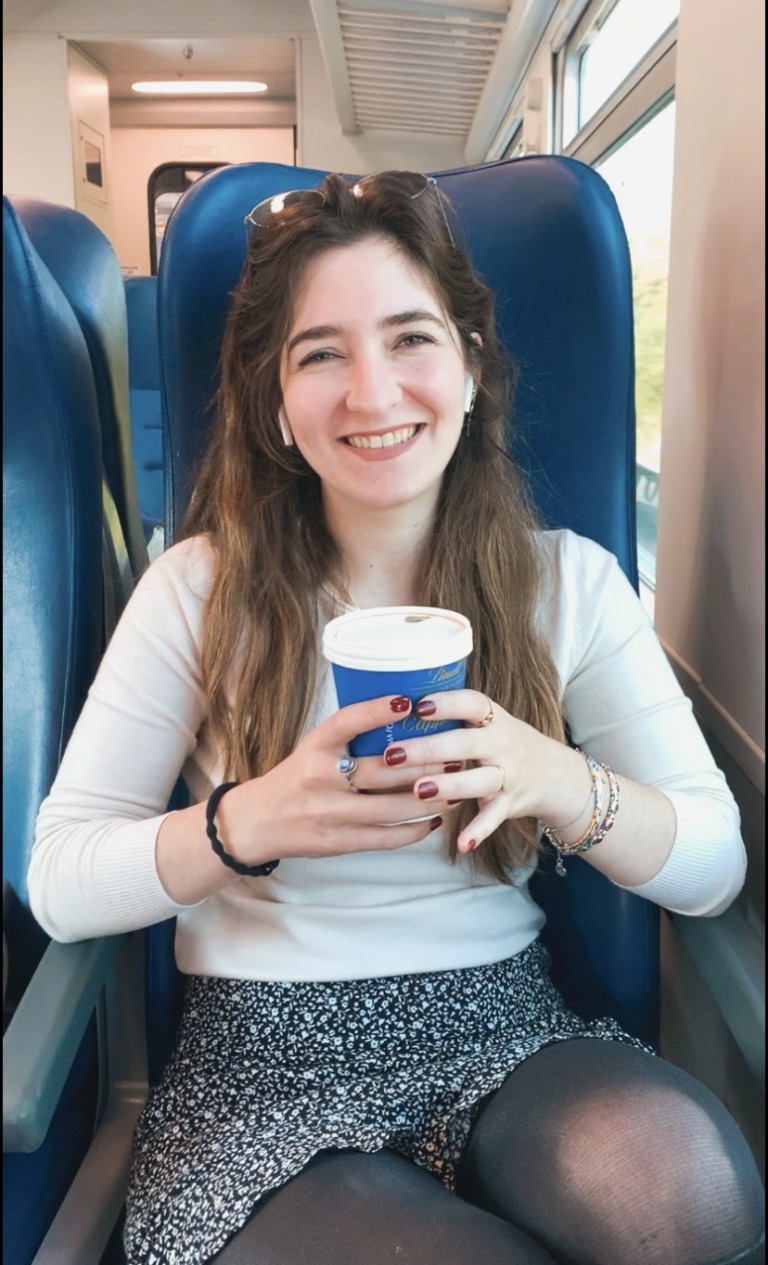
How did I learn to do what I do? It’s really been a combination of formal education, real-world experience, and an innate drive for creative problem solving and visual storytelling. SCAD’s MFA Advertising program gave me an insanely strong foundation; teaching me how to think strategically, develop compelling concepts, and execute them across different media. But just as important has been what I’ve learned outside the classroom. Interning at full-service agencies and creative studios, for example, taught me about collaboration, pitching ideas confidently, and adjusting when a creative direction shifts, among countless other valuable things. Read more>>
Mike Jean-Francois

I learned photography through a combination of self-education, formal training, and years of hands-on experience. Early on, I studied the fundamentals—exposure, composition, lighting—through books, workshops, and online resources. But the real learning came from shooting constantly, experimenting, failing, and pushing myself creatively. Over time, I developed my own visual style and learned how to work with clients, manage shoots, and deliver consistently strong work. Read more>>
Andre Chez Lewis
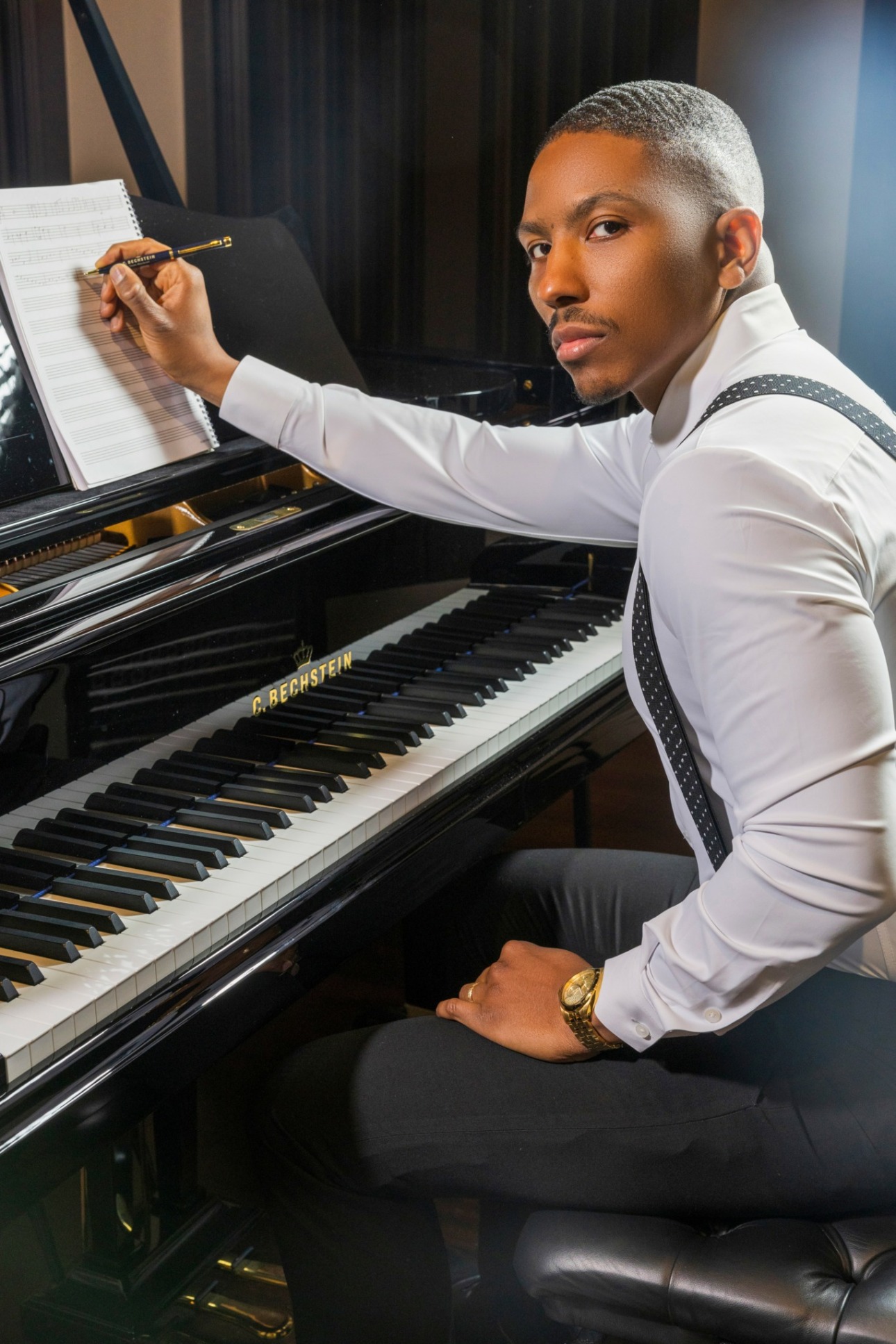
I started playing piano somewhere around 8 or 9 years old. I had no piano instructor, just an old out of tune upright piano from my grandfather. I wasn’t trying to be a professional pianist; I was just a kid that was drawn to the piano every time I walked by it. Read more>>
Pierre Erwin

I learned how to engineer & record myself, by going to professional recording studios and watching other engineers. I also learned a lot off of YouTube. With all the information I know now, I would’ve focused more on me as an individual artist instead of trying to bring people along for the ride. I believe training your ear to different sounds is most essential. Obstacles I had in the past that. Stood in the way of learning would have to be, not having the best equipment at the time. Read more>>


